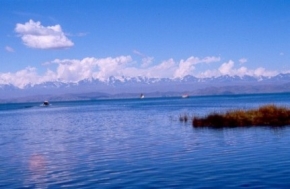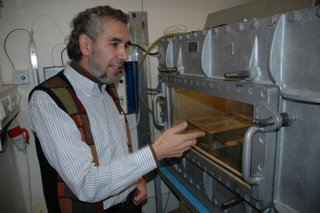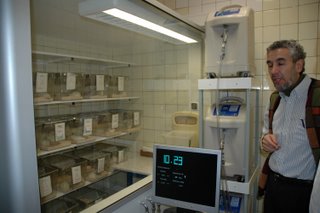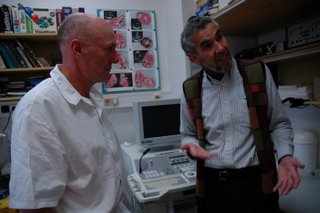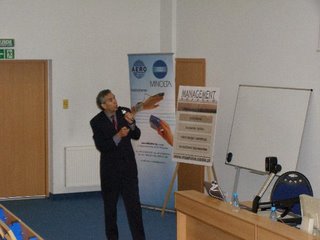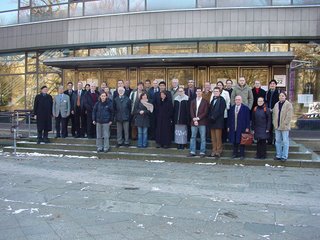Dear Colleagues and friends:
Several colleagues were asking us about the next symposium. It is here.
Mark you calendar for October 16-23, 2010!
The III Symposium on the Effect of Chronic Hypoxia
on Diseases at High Altitude is coming up.
And yes, it will also be itinerant, so that conferences are carried out at different altitude sites:
click here to read about it.
Bolivia is waiting for you!
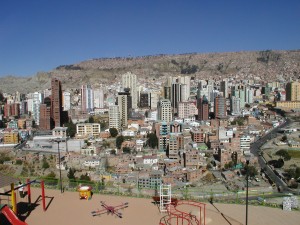
- The city of La Paz at 3600 m.
Our previous two symposium were very succesful and everyone was able to appreciate not only the good science of the presentations, but also the visits to unique high altitude places.
II Symposium on the Effect of Chronic Hypoxia on Diseases at High Altitude (follow up)
We are at 39 years of scientific production in high altitude research, and we celebrate our friendship with you.
Due to unfortunate circumstances our Echocardiograph broke down and we are in need of a portable echocardiograph for high altitude research at 5300 m. Is there anyone that would know who would be so kind to donate such equipment and consequently collaborate to the sustainability of the high altitude medicine research and knowledge ? If any of you would like to participate in research with us, you are most welcome.
All the best from Bolivia.
High Altitude Pathology Institute
Web: AltitudeClinic.com
Email: zubieta@altitudeclinic.com
Phone: (591-2) 224-5394
